The garden isn't often our first suspect when it comes to single-use plastic, but once you start looking you start to find all kinds of plastic products hanging around. Buckets, pots, seedling punnets and containers, plant labels, trowels, brooms, rakes, bird houses, and even string add up over time into piles of plastic waste. If you're a pet owner, single-use plastic pet poo bags are one of the worst culprits! The great news is that there are lots of alternatives to plastic garden items. Some of them are new eco-friendly products like bamboo gardening gloves, and some of them age-old solutions that we have slowly strayed from like seedling flats.
This Plastic Free July Journey guide will give you our top five tips for reducing plastic waste in the garden, as well as some tips for growing a successful edible garden! Download this printable checklist that corresponds with this guide to remind you of your goals.
1. Start Composting!
Composting is a process which mimics nature by recycling organic household and garden material into humus-rich soil.
Not only can composting reduce your household waste by up to 60% (yep, that's roughly the average percentage of household waste that is organic material that could be composted) and drastically reduce your contribution to landfill and greenhouse gas production, but composting means that you are producing your very own soil and fertiliser without plastic and for free!Composting breaks organic matter down into nutrient-rich humus that fuels and fertilises plants, revives depleted or sandy soil, holds water, and draws greenhouse gases out of the atmosphere and back into the Earth in the process. There are so many different composting methods available to us, and there are solutions to suit every type of household. Here are three of the most common types of home composting systems:
Bokashi Composing Bucket
The Bokashi kitchen composting system is one of the easiest, most compact, and most versatile composting methods. This handy little bucket system takes all kitchen waste organic matter (except large bones and large amounts of oil) and turns it into two outputs: a liquid that can be used straight as a drain cleaner or diluted as a garden fertiliser, and a solid soil input for your garden. This system works by using a microbial bran which you sprinkle in with your kitchen scraps. These microbes ferment and break down your organic matter in a matter of weeks in the bucket. This system works best as a two-bin system, so while one bucket finishes fermenting you are filling up another. The fermented mass becomes nutrient rich compost when buried.
In one of our Reducing Plastic Waste in The Kitchen video tutorials, Jo explains a bit more about the Bokashi system and how you can use it to eliminate the need for plastic bin liners in your kitchen.


Backyard Composting Bins or Piles
There are a few ways to do backyard composting and they are all about creating a pile of composting matter. Enclosed composting bins are an easy and common system, as well as tumblers, worm tubes and hot or cold composting piles. Backyard composting systems take the majority of household organic waste, though Bokashi systems are the most effective for meat and fat based kitchen waste.
All backyard compost systems require Carbon, Nitrogen, Air and Moisture.
A successful compost batch using any kind of compost heap method is all about getting the ratio of nitrogen to carbon right. Nitrogen-rich matter is your green materials - fresh veggie scraps, plant prunings and lawn clippings. Carbon-rich matter is anything that was once alive and now dead - brown materials like fallen leaves, wood, cotton, shredded paper and straw. You want at least as much carbon as nitrogen matter in your compost, and ideally a 1:2 nitrogen to carbon ratio. A handy way of achieving this is keeping a sack or large bucket of carbon-rich materials near your compost bin so that each time you add your kitchen scraps, you can layer on some carbon straight away.


Backyard compost heaps also require aerating, usually by stirring or turning the compost to add oxygen once every couple of weeks or as needed for hot compost piles. Tumbler composting bins are handy here as they are effectively barrels suspended on a frame to make them easy to turn. All compost piles need water so keep them moist, especially during Summer.
Check out this article if you would like more information on how to set up your backyard composting system, and for a more extensive list of nitrogen and carbon rich materials. If you're interested in making your own unique composting system, this is a great article to give you some cool DIY ideas!
Worm Farms
Worms are a little more fussy about what you feed them, but are another easy and rewarding method of composting kitchen scraps! You can create worm farms that reach into the Earth - such as worm towers- so that they can roam free, escape the heat if they get too hot, and can wander into your garden to aerate and fertilise the soil. Alternatively, worm cafes are a great way to keep your worms in a secure home where you can access their worm wee to use as fertiliser for your garden! This is a great article from Pip Permaculture Magazine about different types of worm farms that might work for you.

2. Create soil from pet poo
Yes, that's right, with the right system you can also compost pet poo! It is time to become an environmentally conscious pet owner, ditch those plastic pet poo bags, and create soil for your garden from your pet poo.
The EnsoPet pet poo composting system is super easy to use and one of the most environmentally friendly things you can use as a pet owner. Plastic bags of pet poo thrown into landfill not only add to the masses of single-use plastic waste, but they also create methane - one of the greenhouse gases causing global warming and climate change. Composting your pet poo actually achieves the opposite by assisting the Earth to reduce greenhouse gases in the atmosphere and store them in the soil once again. This amazing EnsoPet system is one of the best 'positive climate change' products on the market, and changes the paradigm of poo being an annoyance into it being a valuable soil creation tool.
This is how it works: dig a hole in your garden in the location you want your beautiful new soil and bury the cone-shaped EnsoPet system with just the small opening at the top showing. As you add layers of pet poo and EnsoPet microbial mix, the microbes break the poo down, remove smell, and remediate pathogens. Treat the EnsoPet like a plant and ensure the soil surrounding it is kept moist and gets water during Summer. Once the bucket is full, you can pull out the EnsoPet system (leaving the poo in the ground) and bury it in another location to repeat the soil-making process. Even after you have removed the EnsoPet bucket, the microbes will continue to break down the poo until you have a patch of nutritious new soil!
The EnsoPet kit comes with everything you need to get started. When you need a refill of the microbial bran, bring your own container to our Urban Revolution store for a $13/kg bulk refill, or we can send you a bag. For a small to medium size dog, 1 kg should last you around 10 months.
Just to clarify, you should not put pet poo in your regular compost system - the EnsoPet system is specifically made for pet poo and can take poo from any kind of pet. In the soil made from pet poo, try to only plant aesthetic plants and trees - do not place in veggie gardens. They do well to fertilise grass and fruit trees. No matter what you plant here, your garden is sure to absolutely love the fresh, microbial-rich, and nutritious soil you have made.

3. Grow your own food without plastic pots
Growing your own food is the best, healthiest and cheapest way of avoiding single-use plastic packaging in grocery stores, but it is easy to fall into the trap of buying conventional seedlings in single-use plastic pots, trays, and punnets. Avoiding garden plastic may seem tricky when you start to realise how widespread plastic is, but with the right tools it can be just as easy and even more rewarding to do your gardening without plastic! People are turning to new products like biodegradable coir pots and newspaper pot makers, as well as age-old tools like wooden seedling flats to grow their veggie gardens without plastic. Choosing seeds that don't come in single-use plastic packets is also a great decision, such as the beautiful heirloom seeds from local WA businesses like Yilgarn, The Greenhouse Organics, and Perth Hills Veggie Co. We have one of the largest selections of organic seeds in Perth at Urban Revolution, and only stock from local WA organic suppliers.
In the video tutorial below, Jo and Sally from Urban Revolution will run you through some of the amazing alternatives to plastic pots, how to make your own biodegradable pots from newspaper, and the many benefits of using seedling flats to grow your edible garden!
Our team at Urban revolution are very passionate and knowledgeable about plastic-free organic gardening and we'd love to see you in our Vic Park store if you would ever like some tips or advice!
4. Invest in eco-friendly gardening tools
Plastic pots aren't the only plastics that have found their way into the garden. Gardening tools of all kinds are often made from plastics that not only end up in landfill at the end of their lives, but that also seem to break more often!
It is so exciting to see more and more people turning to gardening tools that are made out of natural materials. These tools are sturdy, durable, compostable or recyclable, and often much more beautiful than their plastic counterparts.
Gardening gloves are a great place to start with our bamboo fibre & natural latex adult gloves, and cotton & leather kids gardening gloves, which are all fully biodegradable and compostable at the end of their lives. Choose gardening tools that are made from biodegradable or recyclable materials, such as; wooden dibbers, trowels, hoes, hand forks, spades, shovels, manure forks and tool boxes made from wood and metal, coconut palm rakes, steel rakes, wood handle garden knives and steel buckets.
Metal hose fittings and nozzlesare also a great investment, as well as coir rope and natural fibre twine to replace plastic rope that may fray into tiny microplastic fibres throughout your garden. Jute is another great garden material made from a dried grass that has been woven into some awesome compostable products such as trellises, easy-to-tie webbing for tree planting, and woven garden bags.
Some of our favourite plastic-free garden gift ideas are these beautiful steel watering cans, mesh harvesting baskets, wooden trugs, and leather or wood handled secateurs.






5. Encourage native birds and beneficial insects into your garden
Making your garden local fauna friendly is so important to help native wildlife thrive, and can also be very worthwhile for you! Encouraging native birds, beneficial insects and microbats into your garden is a very useful integrated pest management method!
Providing birds with safe nesting places, water, and native plants for food will encourage them to stick around and maintain a healthy number of insects in your garden. WA is also home to many species of small bats who love to hang around urban areas. These microbats eat insects, including the pesky ones that eat your veggies and mosquitos! Placing a couple of microbat boxes around your garden (high in trees with clear flight paths and preferably in a spot that will get lots of sun during the day to keep them warm) gives these helpful creatures a safe roosting place. Native bat numbers have been declining all around Australia due to habitat loss, so creating safe homes for them is a great way to support these native animals.
When it comes to bees, we have as many as 1000 native species in WA, most of which are solitary and live in above-ground cavities. Insect hotels are an awesome and beautiful way of supporting our local friends who pollinate our plants and hold up our ecosystem and are also a safe habitat for butterflies, ladybugs and other friendly insects - a great way in increase the biodiversity of insects in your garden.


Thank you and good luck!
Thank you for continuing your 2019 Plastic Free July Journey and we can't wait to see how you go!
Remember to photograph your new garden swaps - every person who checks in at Urban Revolution Australia on Facebook or tags our @urbanrevaus page on Instagram will go into a draw to win a $50 store voucher to buy all kinds of sustainable home and garden products!
We would love to see you in our Vic Park store in Perth if you need any eco-friendly supplies or would like to chat to our knowledgeable team. Feel free to email or message us any time if you have questions of feedback.
Thank you and good luck!

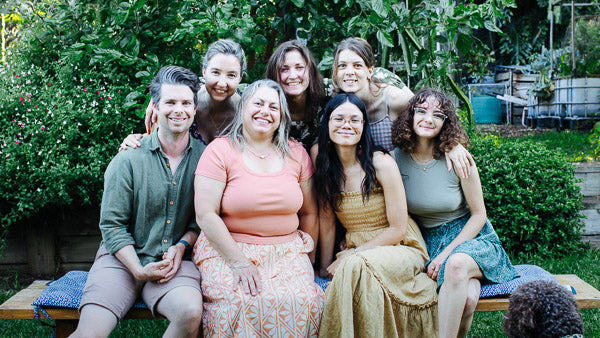
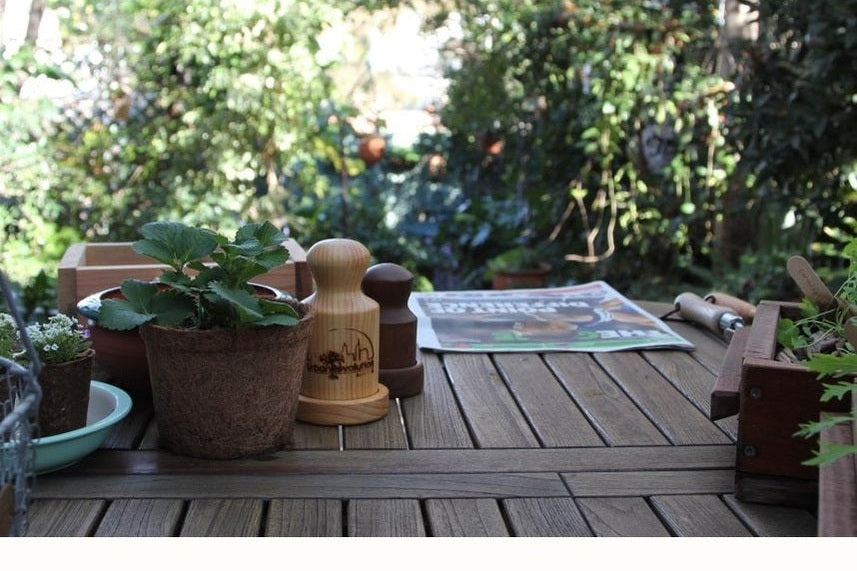


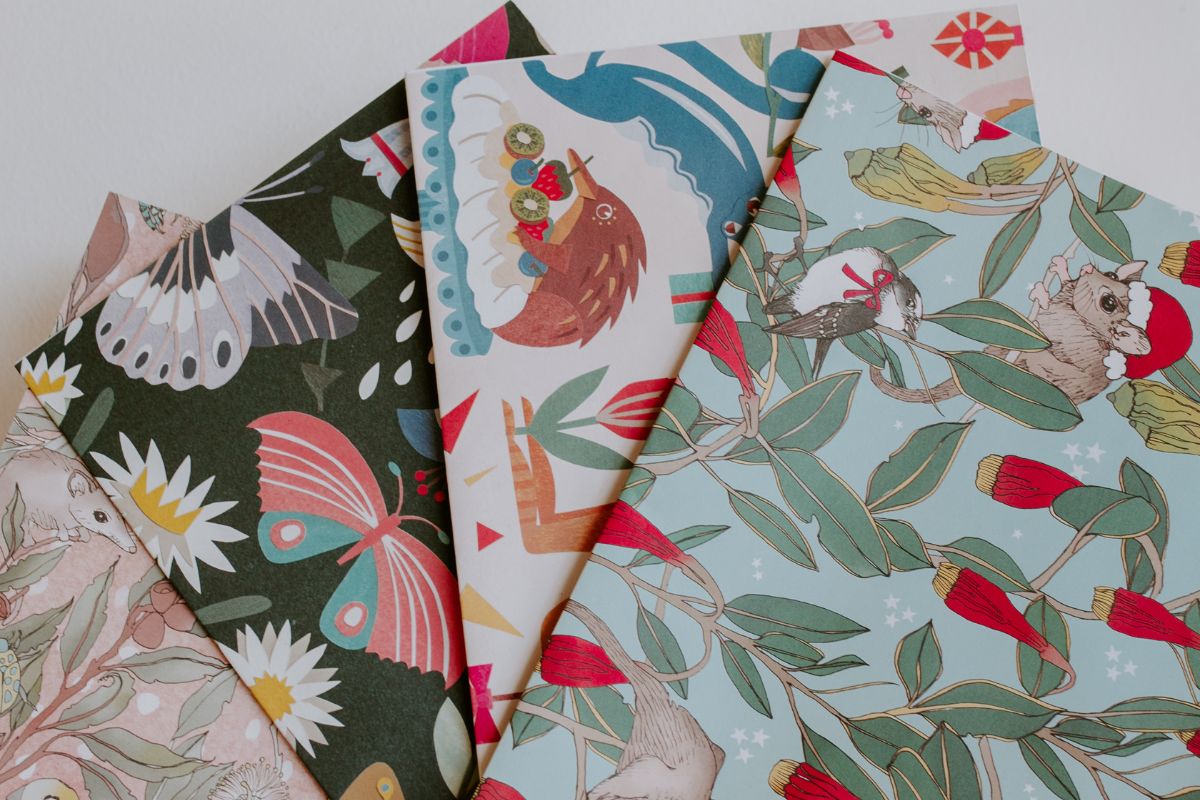
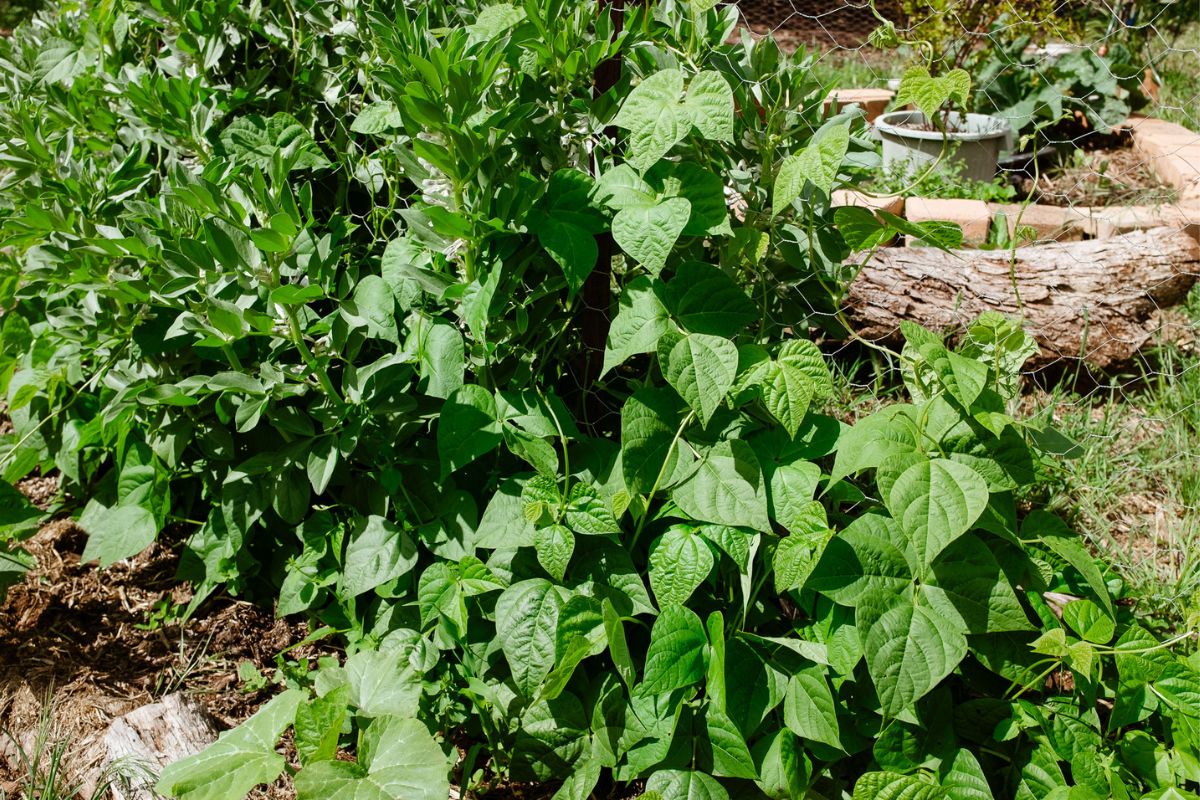
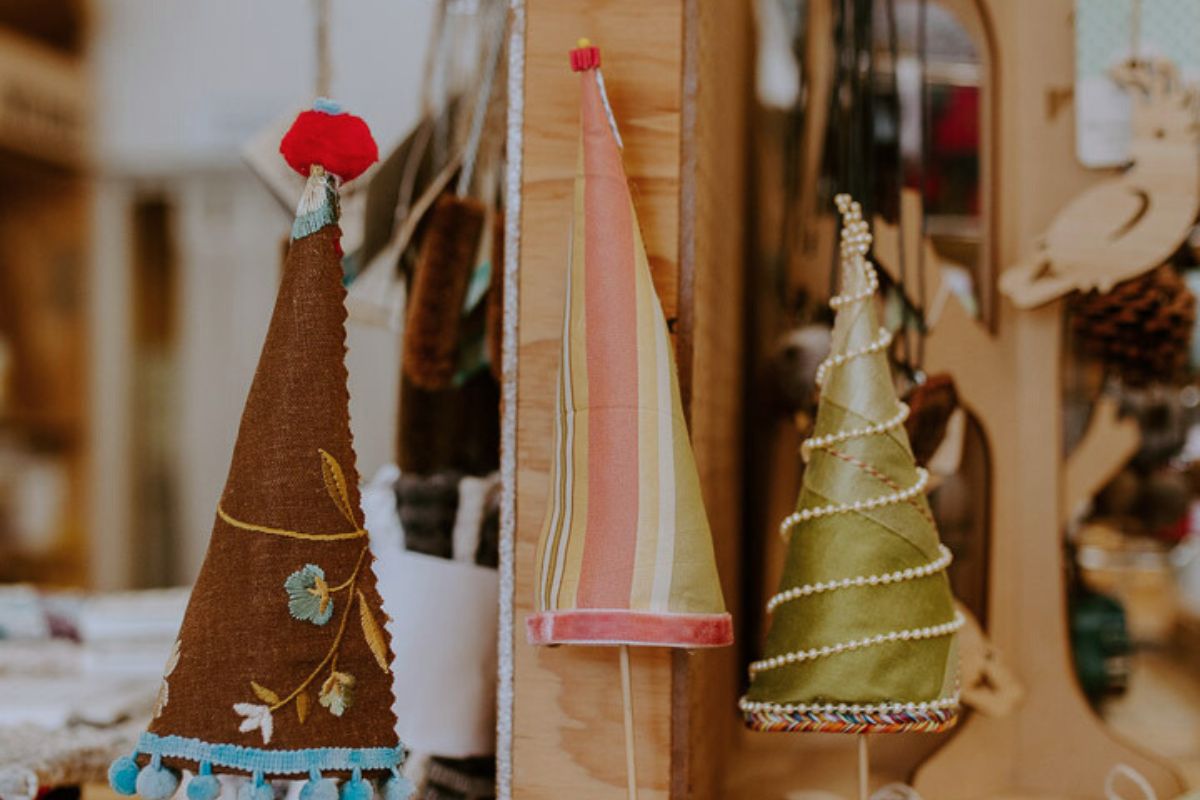
Leave a comment (all fields required)